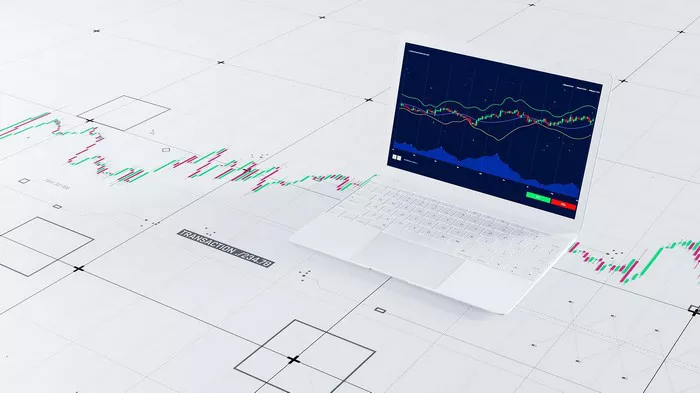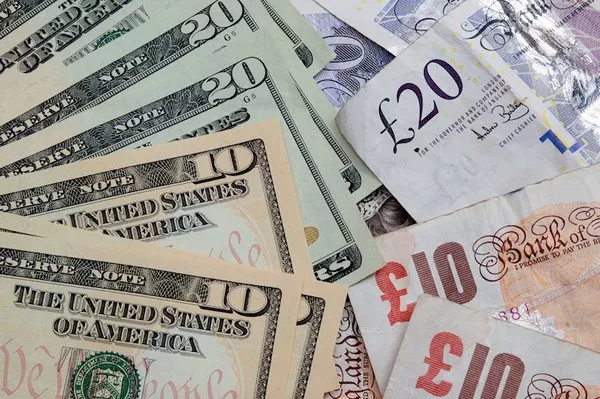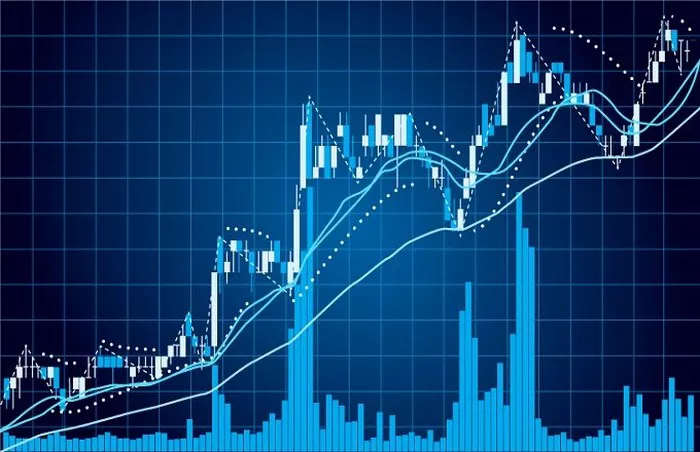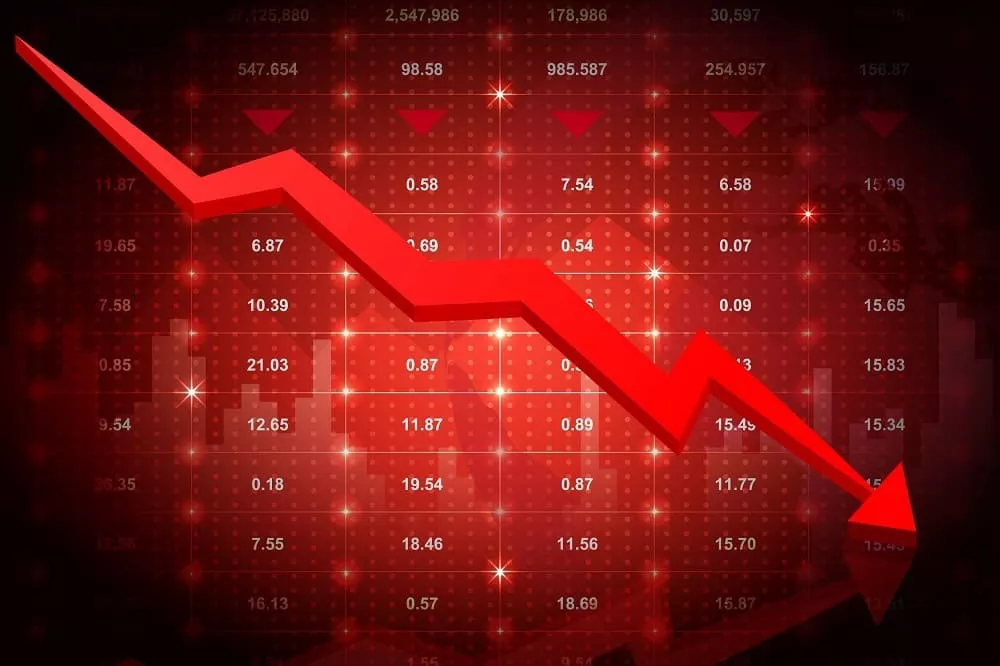The foreign exchange (Forex) market is one of the largest and most active financial markets in the world. It involves the trading of currencies and operates around the clock. Unlike other markets, the Forex market does not follow traditional opening and closing times. Understanding when the Forex market opens, how it operates, and the impact of trading hours on currency prices is essential for anyone looking to trade in the Forex market.
In this article, we will explore the details of Forex market hours, the various trading sessions, and the factors that affect the opening and closing of the market. Whether you are a beginner or an experienced trader, understanding Forex opening hours and how to make the most of them is essential for successful trading.
What is Forex?
Before you know when the Forex market is open, it is important to understand what Forex is and how it works. The Forex market is a global currency trading market. It allows participants such as governments, corporations, financial institutions, and individual traders to exchange one currency for another.
Currencies are traded in pairs, such as the Euro/US Dollar (EUR/USD) or the British Pound/Japanese Yen (GBP/JPY), with the goal of making a profit by predicting fluctuations in the value of currencies. The Forex market is decentralized, meaning there is no central exchange where all trades take place. Instead, it operates through a network of banks, brokers, and financial institutions, and trades are conducted electronically via computers and telephones.
The Forex market operates 24 hours a day, five days a week, providing ample opportunities for traders around the world. However, it is important to understand the specific trading hours and how they affect market liquidity and volatility.
Forex Market Hours: When is the Forex Market Open?
Unlike the stock market, which has fixed opening and closing times, the Forex market operates 24 hours a day, five days a week. The market opens at 5:00 PM Eastern Standard Time (EST) on Sunday and closes at 5:00 PM Eastern Standard Time (EST) on Friday. This 24-hour trading cycle is possible because the market spans different time zones and Forex trading centers are located all over the world.
While the Forex market is open 24 hours a day, it is divided into four main trading sessions, each corresponding to a major financial center. These sessions overlap at certain times, creating opportunities for increased market activity and liquidity.
1. Sydney Session (Asian Session)
The first Forex market session begins with the Sydney Session, which opens at 5:00 PM Eastern Standard Time on Sunday. This session is often referred to as the Asian Session because it primarily involves currency trading in the Asia-Pacific region. The Sydney session generally has lower market volume and volatility compared to other sessions, but it still offers opportunities for traders, especially those trading Asian currencies such as the Australian dollar (AUD) and the New Zealand dollar (NZD).
Opening time: 5:00 PM ET (Sunday)
Closing time: 2:00 AM ET (Monday)
2. Tokyo Session (Asian Session)
The Tokyo session follows the Sydney session and is also considered part of the Asian session. It is one of the most important trading sessions because Tokyo is one of the largest foreign exchange trading centers in the world. As the first major financial center to open, it has a great impact on the market. The Japanese Yen (JPY) is the most actively traded currency during this session, and volatility tends to be higher compared to the Sydney session.
Opening time: 7:00 PM EST (Sunday)
Closing time: 4:00 AM EST (Monday)
3. London Session (European Session)
The London Session is one of the most important trading sessions in the Forex market, as London is considered the world’s financial capital. It overlaps with the Tokyo and New York sessions, and liquidity and market volatility are high. The London session has the highest trading volume, especially for European currencies such as the Euro (EUR), British Pound (GBP), and Swiss Franc (CHF).
Opening time: 3:00 AM EST
Closing time: 12:00 PM EST
4. New York Session (American Session)
The New York session is the last of the major trading sessions and one of the most active. It is closely linked to economic activity in the United States, and the US Dollar (USD) is the most traded currency during this session. The New York session overlaps with the London session for several hours, providing an opportunity for increased trading volume and price volatility.
Opening time: 8:00 AM ET
Closing time: 5:00 PM ET (Friday)
5. Overlapping trading sessions
The overlap of the London trading session with the New York trading session (8:00 AM to 12:00 PM ET) is considered the most active time in the forex market. During this period, traders experience high liquidity and volatility, which can lead to large price swings. This overlap is particularly important for those looking to take advantage of market trends and potential profit opportunities.
The Tokyo trading session overlaps with the Sydney session, but the overlap of the Asian and European trading sessions tends to be less active. However, there are still trading opportunities during these sessions, especially for those who focus on the Japanese Yen or other Asian currencies.
Factors Affecting Forex Opening Hours
While the Forex market is technically open 24 hours a day, there are several factors that can affect the pick-up and slowdown of trading activity. These factors include economic reports, news events, and overlaps between different trading sessions.
1. Economic Reports and News Events
Economic reports and news events have a significant impact on Forex market activity. Important reports, such as employment data, GDP growth, inflation, and central bank decisions, can cause sudden price moves and increased volatility. These events tend to occur at specific times, and traders often focus on the hours before and after key economic data releases.
For example, the release of US non-farm payrolls data (usually released on the first Friday of each month) can cause large moves in the US dollar and other related currencies. This means that even though the Forex market is open 24 hours a day, key economic events during certain hours can cause a surge in trading activity.
2. Liquidity and Volatility
The level of liquidity in the Forex market affects how easily you can enter or exit a trade without causing large price movements. Liquidity is highest when major trading sessions overlap, especially between the London and New York sessions. During these hours, there are a higher number of market participants, including institutional investors, banks, and retail traders.
Volatility, on the other hand, refers to the price fluctuations of a currency. Volatility is usually higher during times of increased market activity, such as when major financial markets overlap or when key economic data is released. Traders who thrive on volatility usually prefer to trade during the most active hours in the forex market.
3. Market Sentiment
Market sentiment refers to the overall mood or attitude of market participants towards a particular currency or asset. At certain times of the day, sentiment may change based on regional or global events, which may cause a change in demand for a particular currency. Understanding the prevailing sentiment in the market can help traders determine the best time to enter or exit a trade.
How to Maximize Opportunities Based on Forex Opening Times
1. Trade During High Liquidity Hours
To maximize your opportunities in the Forex market, it is crucial to trade during the hours when liquidity is highest. This is typically when the London and New York trading sessions overlap, between 8:00 AM and 12:00 PM EST. During this period, the Forex market sees the highest volume, resulting in tighter spreads and more favorable trading conditions. Volatility also tends to be higher during this overlap, providing more profit opportunities.
2. Watch Key Economic Events
Traders should watch for key economic events and reports that could affect the market. Tools such as the economic calendar can help traders stay up to date on scheduled data releases and events that could lead to increased market activity. Trading around these events can be risky, but can also offer the opportunity for higher returns if done with caution.
3. Consider Time Zones and Your Trading Style
The best time to trade the Forex market depends on your trading style and your ability to monitor the market. For short-term traders, such as scalpers or day traders, trading during the peak hours when London and New York overlap may be ideal. However, for long-term traders or those who are unable to monitor the market closely, trading during the Sydney or Tokyo sessions may provide less volatile conditions.
4. Adjust trading strategies based on volatility
Traders should adjust their strategies based on market volatility. During the most active trading sessions, such as the London and New York overlap, the market is more volatile, which presents both opportunities and risks. Traders who are comfortable with volatility can take advantage of these conditions, while traders who prefer more stable conditions can trade during quieter hours.
Conclusion
The foreign exchange market operates 24 hours a day, five days a week, providing traders with the flexibility to participate in currency trading in different time zones. While the market itself is open continuously, understanding specific trading sessions and their associated opening and closing times is essential to maximizing opportunities and minimizing risks.
By trading during peak liquidity hours, staying informed of key economic events, and adjusting your strategy based on market conditions, you can make more informed decisions and improve your chances of success in the foreign exchange market. Whether you are a beginner or an experienced trader, understanding when the foreign exchange market is open and how different trading sessions work is essential to navigating the dynamic world of currency trading.

























